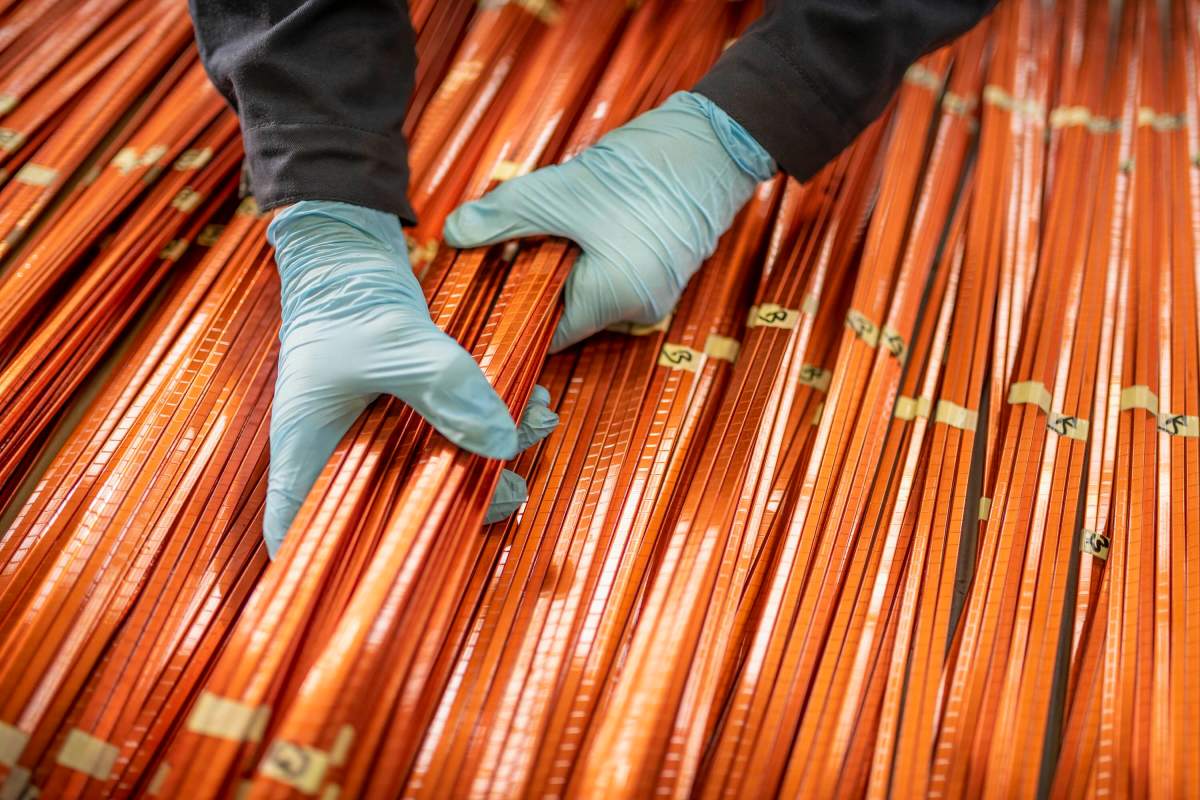Quality of service by private telco players improved greatly in 2024 following tariff hikes announced in July. Performance data shared by Mozark AI, a digital experience testing platform, showed that telcos had improved their services in urban areas in terms of throughput, latency and speed.
Telecom coverage in the latter half of this year focused on how tariff hikes by Bharti Airtel, Reliance Jio and Vodafone Idea (Vi) had pushed customers towards the more affordable BSNL. However, overall performance data show that between July and November, download throughput for the companies improved by 137 per cent, latency improved by 20 per cent and average buffer stops improved by 57 per cent. Even the ongoing December performances of these companies are better than their June performances when tariff hikes had not even been announced.
Airtel led all the metrics in November, save for average buffering time where Vi won with zero buffer stops per session. Jio was the runner-up across all metrics except for browsing delay and buffer stops. Even the Mobile Network Experience Report 2024 by Open Signal reported that Airtel was the leader for 5G in India, while Jio had the most consistent user experience between June 1 and August 29.
During the same period, Vi emerged as the top 4G provider in India both at the national and regional level. During the Q2FY25 earnings call, Akshaya Moondra, CEO of Vi, said the company aims to achieve 4G population coverage of 1.1 billion by March 2025 and 1.2 billion by September 2025. The rollout of 5G in key geographies will start thereafter in Q4FY25.
According to Prof V Sridhar from the International Institute of Information Technology in Bengaluru, all telcos in India should similarly shift their focus from tariff rates to the quality of their services.
“We are already one of the world’s cheapest mobile tariff country in the world with respect to the retail segment [but] there is no point in having very low prices if there’s no guarantee of any quality. Can we ever say we can talk uninterruptedly for about five minutes on teh 5G network? So, all these telcos have to improve their coverage, instead of just playing out with the tariff,” he said.
It may be noted that even the IIFL Securities Telecom Rural survey cited poor network quality as the reason for some users to go back to Jio and Airtel after switching to BSNL. Most retailers from the survey reported that Jio and Airtel offered the best network quality, followed by Vi, while BSNL has the weakest network.
Latency, speed
When asked which performance indicators can play a crucial role for a market like India, Kartik Raja, Founder of Mozark AI, said, “What is important here is to look at what is relevant from a customer behaviour. In India, a lot of people watch videos on the mobile network and for videos, you require consistent speeds. So, minimum interruptions and stuff on video performance is very important. The second thing to consider is latency since India has a lot of UPI payments, OTPs and in-app payments. You want immediacy in your transactions. So, it is important that you have very low latency, even if it is a low-end phone in a rural area to do banking.”








Leave a Comment